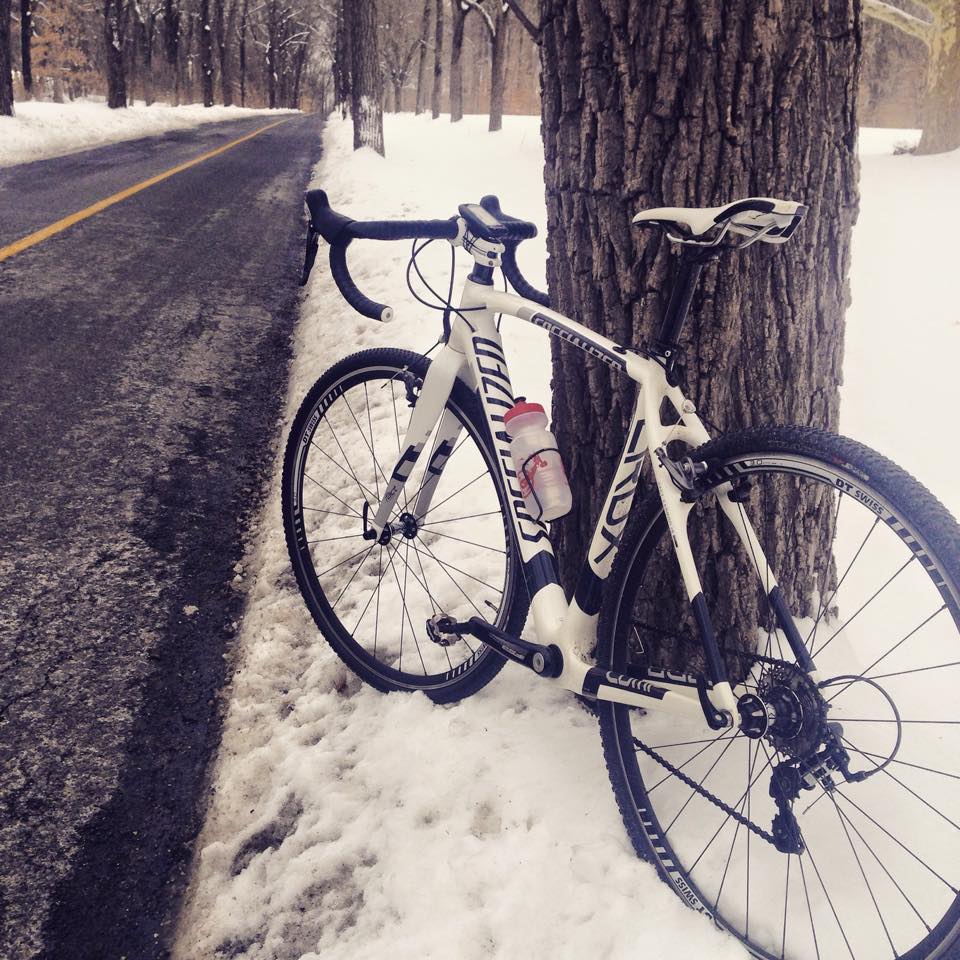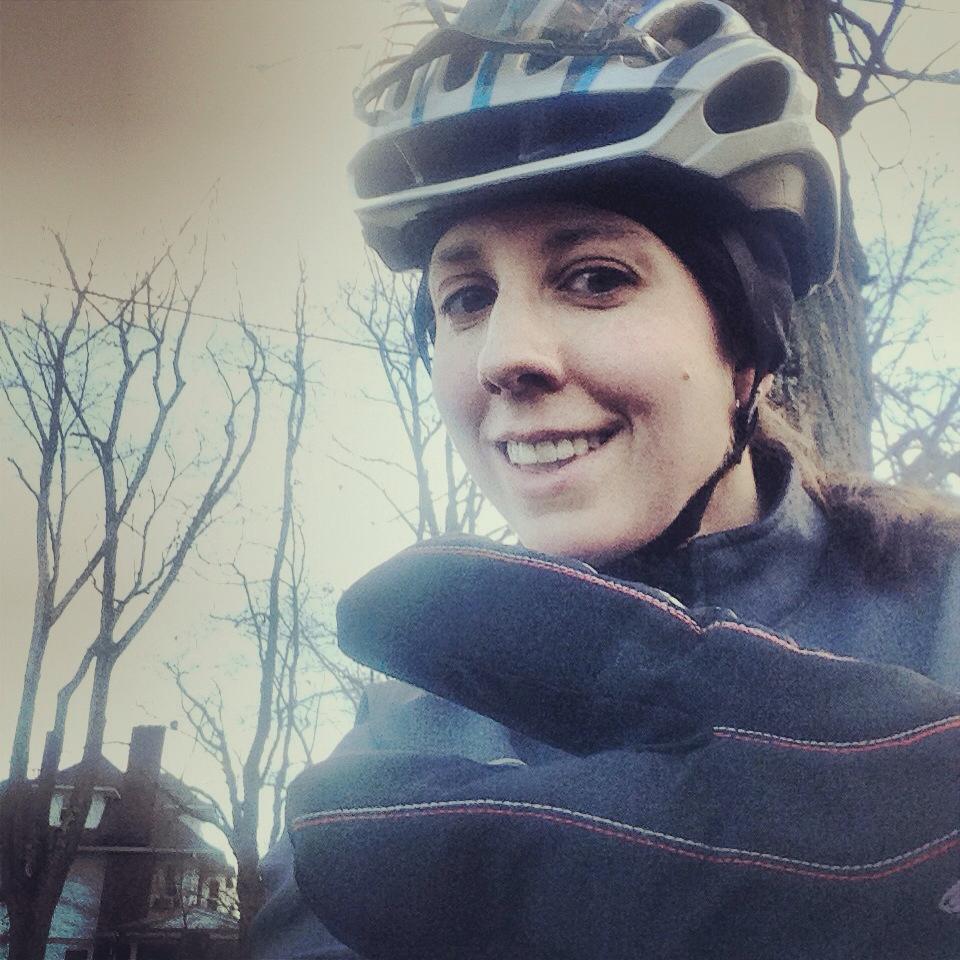I couldn’t feel my feet, my hands were becoming numb and in general I was feeling uncomfortably cold. My toes felt like they had turned into little blocks of ice inside my cycling shoes. I was still approximately ten miles from home and I was becoming increasingly worried that I was going to have severe frost bite on my feet by the time I made it back. It was January and the average temperature on the ride was around twenty degrees. I was determined to do my forty mile Sunday ride in spite of the cold weather, but this was seeming more and more foolish. This was the first time I had ridden in temperatures that low for that long and I was not thoroughly prepared. “I CAN’T FEEL MY FEET!” I kept thinking, in a slightly panicked state.
When I finally arrived at home, my feet, although very cold and slightly blue, were ok and did not fall off my body due to frostbite. However, I did learn that riding in freezing cold weather is sometimes not the smartest thing to do, especially if you are not fully prepared. There is a big difference between riding on a chilly fifty degree day and riding when the temperatures are well below freezing.
In addition to the discomfort of the cold, why does it also seem so much harder to make the bike move in the winter? You feel yourself struggle to push 15 mph on a flat road that during the summer you can easily do 20 on. It is a scientific fact that the air density does become higher, the lower the temperature drops, so this makes it harder and harder to move quickly, the colder it is outside. Also all of the extra clothing is a drag, figuratively and literally. It is a pain to put on all of that extra clothing for winter riding, but it is also much less aerodynamic than your summer jersey and shorts. Lastly, it is usually much windier during the winter months and those brutal headwinds and crosswinds are not pleasant to push through.
In the cold temperatures you can get windburn, frostbite and even, in extreme cases, hypothermia. So, you really need to keep almost every inch of your body covered and protected from the wind. The gloves that get you by on a forty-five degree day will not cut it on a twenty degree one. Your hands will burn and ache and you will not be able to control your bike for long. Shoe covers are a must, but on extremely cold days, wool socks and heated disposable toe warmers will probably be essential as well.
Honestly, sometimes it is so cold that riding outside is actually more detrimental than helpful to your body and your training. Unless you are training for the Antarctic Century (if such a think even exists) you probably shouldn’t be riding outside at all if the temperature is much below twenty degrees. I have done it and it is not pleasant. I decided to head out for a ride one twelve degree morning a couple of years ago and even in full winter gear it was miserable. After only a few miles I felt like hundreds of tiny pins were pricking my legs and my joints barely wanted to move to turn over the pedals.
If you are in fact determined to ride in freezing temperatures here is the essential gear needed:
• A warm fitted base layer that will help protect your core, keeping its temperature up (maybe two if it’s really cold!)
• A jacket that is rated for low temperatures that also has wind stopping material, at least on the front side of it (sometimes it will feel like the wind just blows right through your clothes and this material truly helps to prevent that)
• Tights, also preferably with wind stopping material on the front
• Appropriate gloves! I ride with lobster gloves which almost look like a form of mittens and even ski gloves might work
• A cold weather cycling cap and also possibly a balaclava to help cover your face and neck.
• SHOE COVERS! Your toes are not moving at all and will be the first thing to freeze on winter days. Without shoe covers, your feet will be frozen after just a few miles.
• Wool socks, which serve as a base layer for your feet!
• Disposable toe and/or hand warmers. You can buy these at most bike shops or sporting goods stores (even places like Walmart carry them). They heat up when you open the package and last for 4-6 hours.

Shoe covers are ESSENTIAL for cold rides. Definitely invest in a pair of these if you want to ride during the winter.
I will also add that mountain biking on these really cold days can be a good option to help protect yourself from the elements a bit. The trees give you some shelter from the wind and the woods seem to hold in a little bit more heat. So if you own a mountain bike this could be a good time of year to break that out and work on some of your skills in the woods.
I ride outside year-round, even on some incredibly cold days, but I have learned the hard way that it’s better to be over prepared for a freezing ride than under prepared. Furthermore, some days it really is just TOO cold and you are hurting yourself more than you are helping. On those days, just break out the trainer, close your eyes, and dream about warm summer breezes.

